- About us
- Support the Gallery
- Venue hire
- Publications
- Research library
- Organisation chart
- Employment
- Contact us
- Make a booking
- Onsite programs
- Online programs
- School visit information
- Learning resources
- Little Darlings
- Professional learning
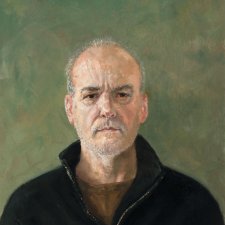
Close encounters are the genesis for Graeme Drendel’s enticing portraiture.
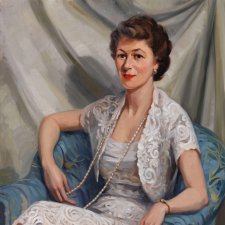
Sarah Engledow pens a fond farewell to acclaimed science historian Ann Moyal.

Sarah Engledow explores the history of the prime ministers and artists featured in the exhibition.
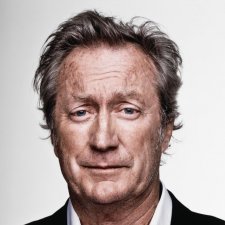
Featuring striking photographic portraits of contemporary figures from the National Portrait Gallery collection, The Look is an aesthetic treat with a lashing of je ne sais quoi.
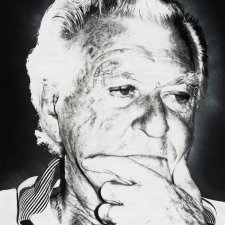
Seventeen of Australia’s thirty prime ministers to date are represented in the contrasting sizes, moods and mediums of these portraits.

Sarah Engledow casts a judicious eye over portraits in the Victorian Bar’s Peter O’Callaghan QC Portrait Gallery.
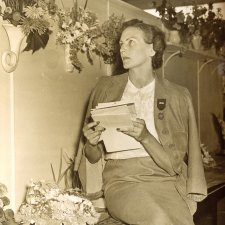
Sarah Engledow lauds the very civil service of Dame Helen Blaxland.
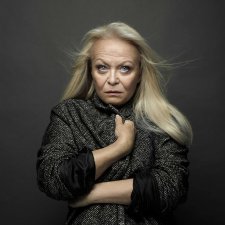
Sarah Engledow trains her exacting lens on the nine photographs from 20/20.

Sarah Engledow on a foundational gallery figure who was quick on the draw.
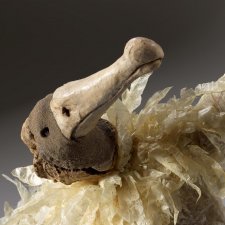
This exhibition features new works from ten women artists reinterpreting and reimagining elements of Australian history, enriching the contemporary narrative around Australia’s history and biography, reflecting the tradition of storytelling in our country.
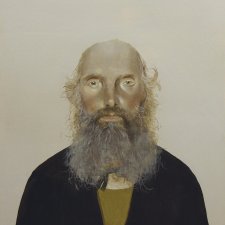
Sarah Engledow arrives at the junction of fate and hope in Sarah Ball’s poignant Immigrants series.
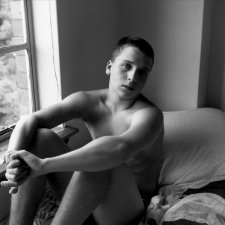
Dr Sarah Engledow, National Photographic Portrait Prize judge and curator, introduces the 2011 Prize.
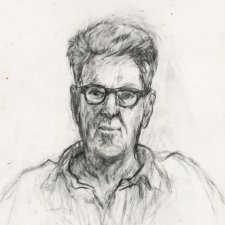
Sarah Engledow likes the manifold mediums of Nicholas Harding’s portraiture.

Nicholas Harding: 28 portraits features paintings of Robert Drewe, John Bell and Hugo Weaving alongside gorgeously coloured recent oil portraits, delicate gouaches and bold ink and charcoal drawings.

Sarah Engledow looks at three decades of Nicholas Harding's portraiture.
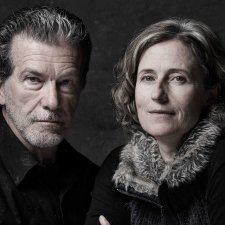
The exhibition is selected from a national field of entries, reflecting the distinctive vision of Australia's aspiring and professional portrait photographers and the unique nature of their subjects.
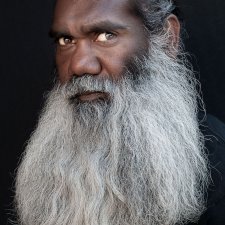
Dr Sarah Engledow, National Photographic Portrait Prize judge and curator, introduces the 2017 Prize.
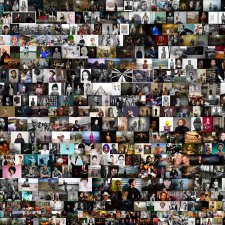
Sarah Engledow picks some favourites from a decade of the National Photographic Portrait Prize.

An excerpt from The Popular Pet Book.

This exhibition expresses the joy and warmth that many of us derive from our animal companions, and celebrates their trusting, unpretentious ways, with portraits of Australians and their furry, feathered and fluffy friends.

It is not every day that a national gallery turns its walls over to the animal companions that bring unconditional love and joy to their owners but this summer we have opened the doors to 15 contemporary artists with very different ways of depicting our furry, feathered and scaled pets.
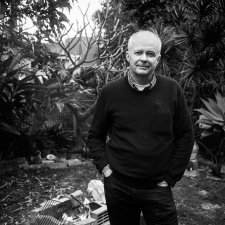
It’s a matter beyond dispute that in the entire history of Australian art, it’s Noel McKenna who’s painted the liveliest rendition of the head of a Chihuahua.
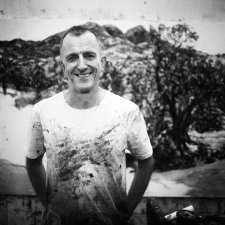
Over the years the young Nicholas Harding got his hands on various mice and guinea pigs, but they served mainly to illustrate the concept of mortality.

Most well-regarded pictures of chickens show them dead. A reliable way to tell if a chicken in a painting is dead is to check if it’s hanging upside down, because unlike, say, cockatoos, chickens don’t practise inversion for enjoyment in life.

Anna Culliton never had a colouring-in book when she was little. Her parents –Tony, a filmmaker, and Stephanie, a painter – wouldn’t let her have one. Instead, they insisted on her drawing her own pictures to colour-in.
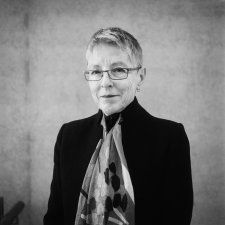
Jude Rae’s high reputation rests on her austere, cerebral still lifes of gas canisters, electric jugs and jars, which she groups and rearranges for paintings that catch their difficult curves and reflections. Her self-portrait’s likewise thoughtfully composed.
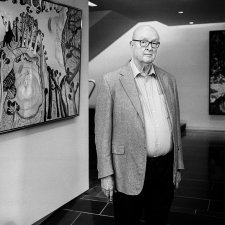
Unique in the world, perhaps, is a bronze sculpture that fuses the age-old human portrait bronze tradition, and the later genre of the bronze pug figurine: that’d be William Robinson’s Self-portrait with pug.
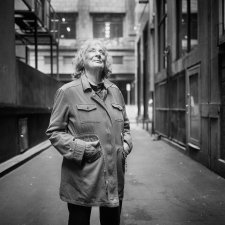
When soulmates Janet Dawson and Michael Boddy moved from Sydney to a property, Boddy was clear about why: ‘Our marriage is one long conversation - we moved to the bush so we could talk to each other without so many interruptions.’
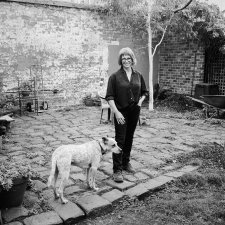
Basil grew into a speckled beauty – a long-legged leaper and an exceptionally vocal dog, with a great register of sounds, ascending in shock value from a whimper to a growl to a bark to a yelp that’s a violation of the ears.
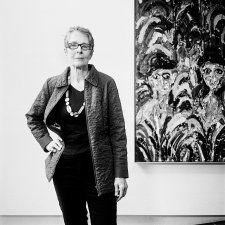
Going around a gallery with a child, we point to a painting of a dog and brightly ask ‘What’s that?’ If they don’t say ‘A dog’, we tell them that’s what it is. We don’t say it’s a shape inscribed by an artist that’s popularly understood to signify a dog. That’d only serve to foster a smarty-pants.
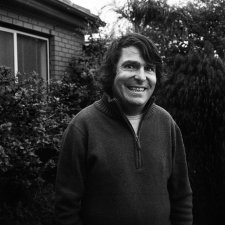
The wild balancing act of McDonald’s home décor (is that there as a joke? where do I actually sit down? is this ironic or what? what a lovely photo of Darren and Robin in Europe!) is reflected in his own personality.
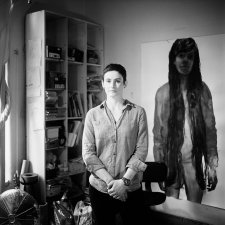
Fiona aims to create a dangerous situation with a flood of water on the paper, forcing each work to the point where it can fail, and then rescuing it.
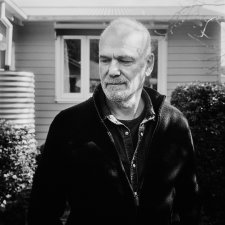
I like talking about Drendel’s pictures as if they expressed dreams of my own.

Shen Jiawei was born in China. During the Cultural Revolution he laboured in the Great Northern Wilderness, but even as he worked there, he gained recognition as an artist.
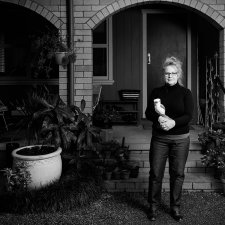
Robyn's parents had two terriers, Wuff and Snuff. In spite of Snuff’s ominous name and a couple of close shaves – once, he jumped out of a moving car, and another time, on a long road trip, he was accidentally left behind at a petrol station – he outlived Wuff.
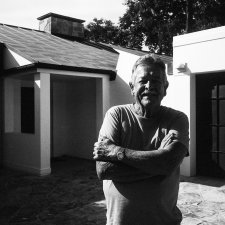
With a mum who was married to a tradie, you’d think it a fair chance that the baby Jesus would have grown up with a dog in the house.
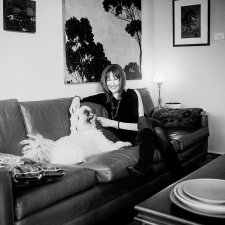
Curator, Sarah Engledow, introduces the artists and the animals in The Popular Pet Show.
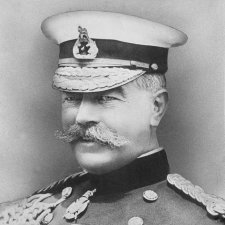
Sarah Engledow bristles at the biographers’ neglect of Kitchener’s antipodean intervention.
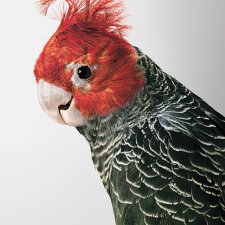
Sarah Engledow plays wingman to Leila Jeffreys.

Sarah Engledow on Messrs Dobell and MacMahon and the art of friendship.
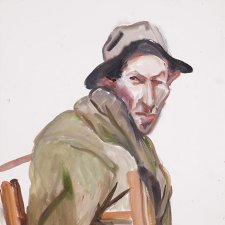
'Artist and actors, advancing spasmodically, find their rhythm together' writes Sarah Engledow.
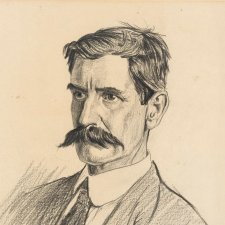
Sarah Engledow ponders the divergent legacies of Messrs Kendall and Lawson.
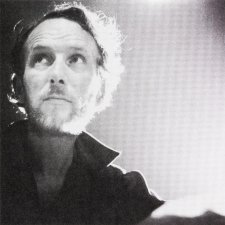
One half of the team that was Eltham Films left scarcely a trace in the written historical record, but survives in a vivid portrait.
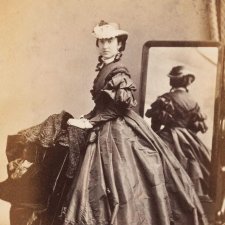
The death of a gentlewoman is shrouded in mystery, a well-liked governor finds love after sorrow, and two upright men become entangled in the historical record.
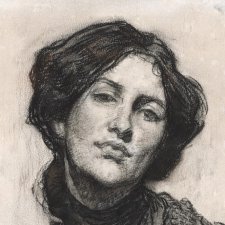
Long after the portraitist became indifferent to her, and died, a beguiling portrait hung over its subject.
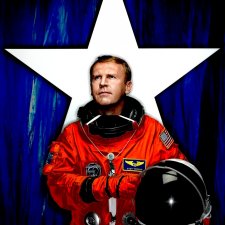
This exhibition showcases portraits acquired through the generosity of the National Portrait Gallery’s Founding Patrons, L Gordon Darling AC CMG and Marilyn Darling AC.

Sarah Engledow writes about Gordon and Marilyn Darling and their support for the National Portrait Gallery throughout its evolution.

Rick Amor, noblest yet most unaffected of contemporary Australian portraitists, is also a painter of enigmatic, ominous landscapes, seascapes and cityscapes that haunt the viewer like dreams, dimly-recalled.
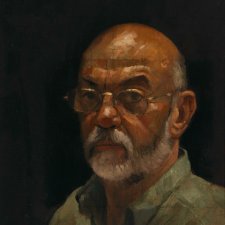
Sarah Engledow chronicles Rick Amor's work and accomplishments in this extensive essay in conjunction with the exhibition Rick Amor: 21 Portraits.
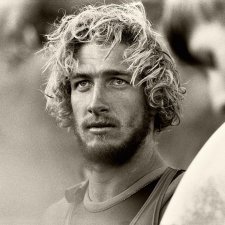
An exhibition of photographs by John Witzig, drawings by Nicholas Harding and film footage by Albe Falzon, expressive of the free-spirited, hot-blooded energy of Australian surfers under the cloud of conscription to Vietnam.
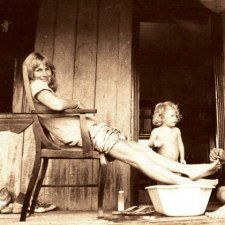
One night in the spring of 1970 in an old house in Whale Beach, north of Sydney, John Witzig, Albe Falzon and David Elfick put together the first issue of Tracks, playing Neil Young’s album Harvest over and over again as they pasted up galleys of type.
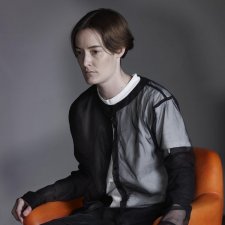
Dr Sarah Engledow, National Photographic Portrait Prize judge and curator, introduces the 2014 Prize.
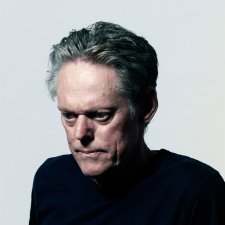
The National Photographic Portrait Prize exhibition is selected from a national field of entries that reflect the distinctive vision of Australia's aspiring and professional portrait photographers and the unique nature of their subjects.
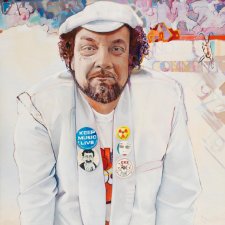
Dr Sarah Engledow discusses the recent gift of works by David Campbell.
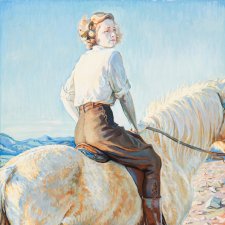
After successfully exploring the art scenes of London, France and Morocco, Hilda Rix Nicholas settled at Knockalong, a property near Delegate, on the Monaro plain in the 1920s.
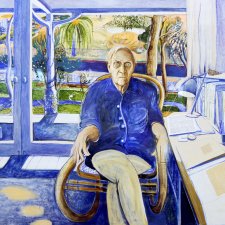
Sarah Engledow describes the fall-out once Brett Whiteley stuck Patrick White’s list of his loves and hates onto his great portrait of the writer.
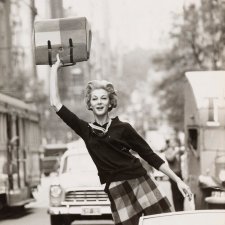
Dr Sarah Engledow puts four gifts to the National Portrait Gallery’s Collection in context.
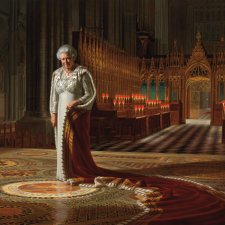
Dr Sarah Engledow tells the story of The Queen’s Diamond Jubilee portrait by Australian artist Ralph Heimans.
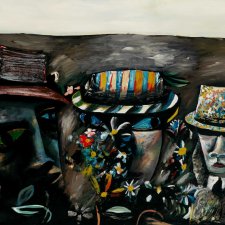
Dr. Sarah Engledow explores the context surrounding Charles Blackman's portrait of Judith Wright, Jack McKinney and their daughter Meredith.

Eleven works by Brett Whiteley, centred around his scintillating 'Patrick White at Centennial Park 1979-1980'.
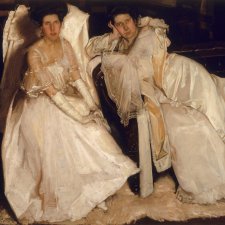
Sarah Engledow is seduced by the portraits and the connections between the artists and their subjects in the exhibition Impressions: Painting light and life.
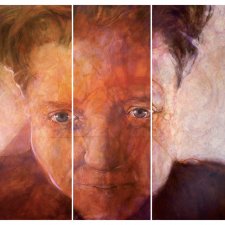
Peter Ciemitis breached regulations when creating the portrait of the polymath environmental scientist George Seddon.
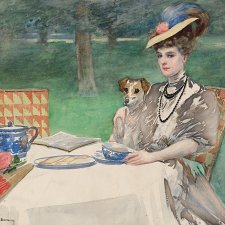
Impressions: Painting light and life presents portraits by, and of, artists at the heart of Australian impressionism including Tom Roberts, Arthur Streeton and Frederick McCubbin.
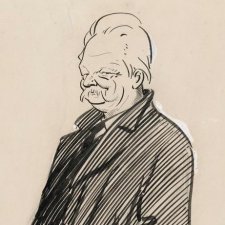
Dr. Sarah Engledow tells the story of Australia's first Federal statistician, Sir George Knibbs.
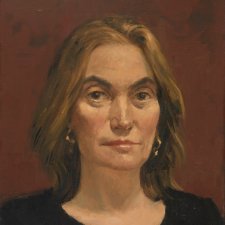
Sarah Engledow reflects on the shared life and writing of Dorothy Porter and Andrea Goldsmith.
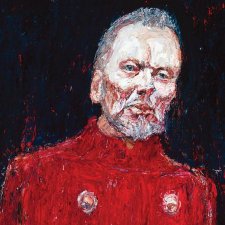
Sarah Engledow steps up to the footlights and applauds the storyline behind Nicholas Harding's portraits of actor John Bell.
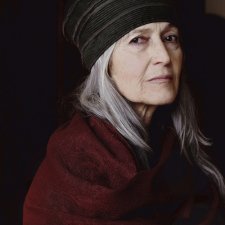
National Photographic Portrait Prize curator, Sarah Engledow, finds reward in a difficult task and ultimately uncovers the essence of portraiture.

Celebrating a new painted portrait of Joseph Banks, Sarah Engledow spins a yarn of the naturalist, the first kangaroo in France and Don, a Spanish ram.
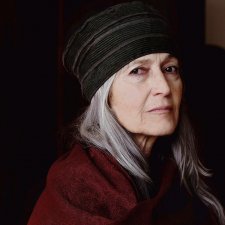
The NPPP exhibition is selected from a national field of entries. The annual exhibition, now in its fourth year, reflects the distinctive vision of Australia's aspiring and professional portrait photographers and the unique nature of their subjects.
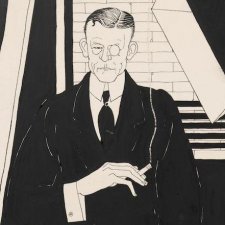
Charles Haddon Chambers the Australian-born playboy playwright settled permanently in London in 1880 but never lost his Australian stance when satirising the English.
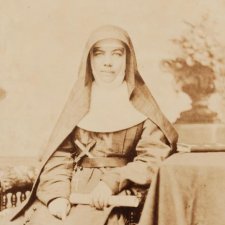
Emanuel Solomon gave shelter to the Sisters of St Joseph upon the excommunication of St Mary MacKillop.
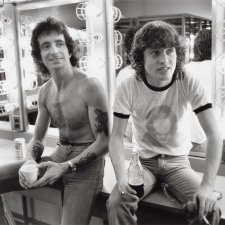
Bon Scott and Angus Young photographed by Rennie Ellis are part of a display celebrating summer and images of the shirtless male.
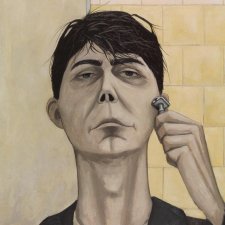
Dr Sarah Engledow explores the early life and career of John Brack.

The exhibition Sages examines the process of portrait making through four large-scale portraits of women by Jenny Sages, paired with intimate preparatory drawings.
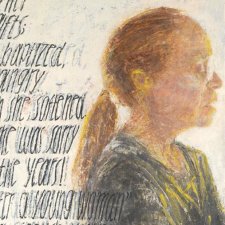
The life and art of Australian artist Jenny Sages is on display in the exhibition Paths to Portraiture.
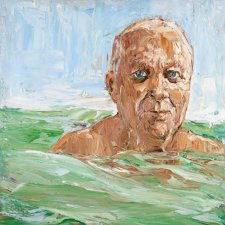
Dr Sarah Engledow writes about the portraiture of Australian artist Nicholas Harding.
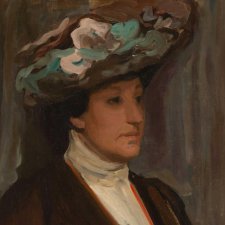
Three tiny sketches of Dame Nellie Melba in the NPG collection were created by the artist who was to go on to paint the most imposing representation of the singer: Rupert Bunny.
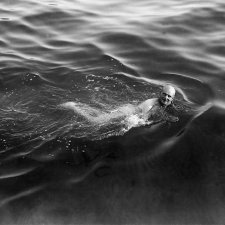
Projecting the splendour of the empire, and the resolve of its subjects, the bust of William Birdwood keeps a stiff upper lip in the National Portrait Gallery.

Aircraft designer, pilot and entrepreneur, Sir Lawrence Wackett rejoins friends and colleagues on the walls of the National Portrait Gallery.
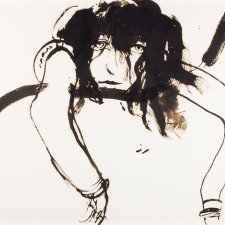
Idle hours is an exhibition of luxurious beauty. Paintings, prints and drawings represent subjects in quiet moods and situations arranged according to the time of day they depict - reading, drawing, snoozing, bathing, sewing, gardening, sitting, looking, making love and spending tranquil time with companions. Works in the exhibition range from the beginning of the twentieth century to the present.
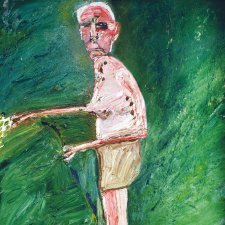
Sarah Engledow previews the beguiling summer exhibition, Idle hours.

The portrait of Dr. Johann Reinhold Forster and his son George Forster from 1780, is one of the oldest in the NPG's collection.

Sir William Dobell painted the portraits of Sir Charles Lloyd Jones and Sir Hudson Fysh, who did much to promote the image of Australia in this country and abroad.
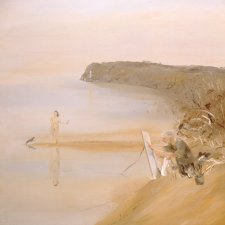
Works by Arthur Boyd and Sidney Nolan bring the desert, the misty seashore and the hot Monaro plains to exhibition Open Air: Portraits in the landscape.
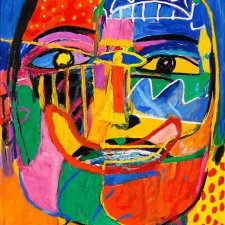
Dr Sarah Engledow writes about the gift of two striking paintings by the Australian artist Ken Done AM.

The portrait of Janet and Horace Keats with the spirit of the poet Christopher Brennan is brought to life by artist Dora Toovey.
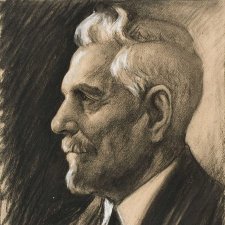
Sir Sidney Kidman (1857-1935) is inscribed in Australian legend as the ‘Cattle King’.
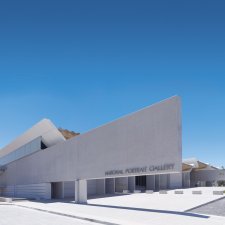
The National Portrait Gallery's new building, opened on 3 December 2008, is a beautiful home for the national collection of portraits.
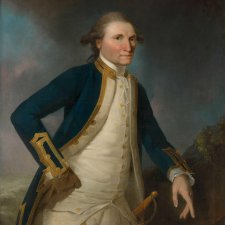
Shipmates for years, James Cook and Joseph Banks each kept a journal but neither man shed light on their relationship.
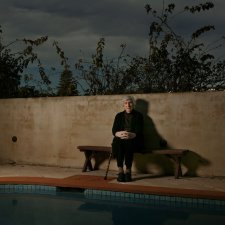
Open Air is an exhibition of portraits of Australians in environments of particular significance to them.
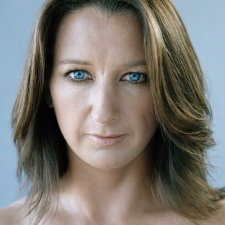
Two professionals; Australian surfer Layne Beachley and photographer Petrina Hicks, combine their strengths to achieve a remarkable portrait.
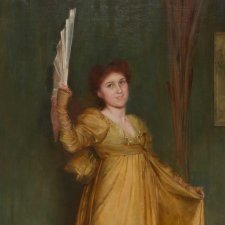
Dr. Sarah Engledow discovers the amazing life of Ms. Hilda Spong, little remembered star of the stage, who was captured in a portrait by Tom Roberts.

Dr Sarah Engledow discusses Quentin Jones's photograph of Australian author Tim Winton.
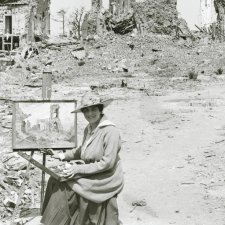
Dr Sarah Engledow traces the significant links between Antonio Dattilo-Rubbo and Evelyn Chapman through their portraits.
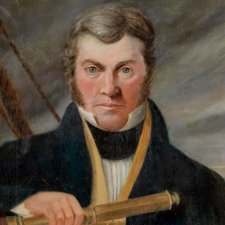
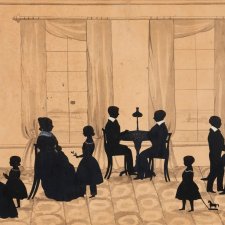
The National Portrait Gallery acquired a beguiling silhouette group portrait by Samuel Metford, an English artist who spent periods of his working life in America.
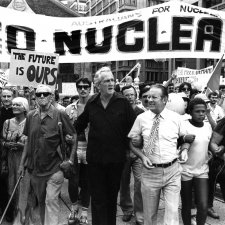
Dr Sarah Engledow examines a number of figures in the collection of the National Portrait Gallery who were pioneers or substantial supporters of the seminal Australian environmental campaigns of the early 1970s and 1980s.
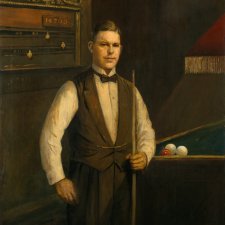
Walter Lindrum, world-famous billiards player, was one of Australia's greatest sporting champions.
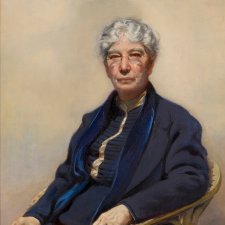
Dr Sarah Engledow explores the portraits of writers held in the National Portrait Gallery's collection.
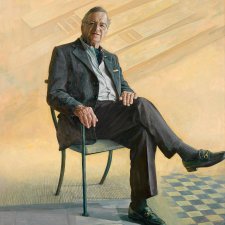
A new painting by Jiawei Shen captures the vision and resolve of the Gallery's founder, L. Gordon Darling AC CMG.
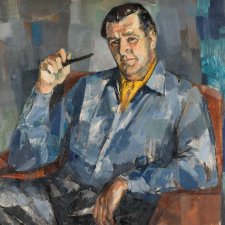
The oil portrait of Sir Frank Packer KBE by Judy Cassab was gifted to the National Portrait Gallery in 2006.
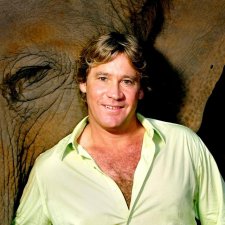
Robin Sellick captured a rare moment of quietude from the late conservation star Steve Irwin.
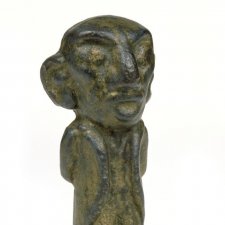
A toast to the acquisition of an unconventional new portrait of former Prime Minister, Stanley Melbourne Bruce.
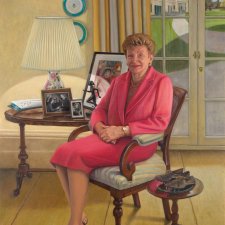
As part of its ongoing program of commissions of portraits of prominent Australians, the National Portrait Gallery has unveiled a portrait of Her Excellency Marjorie Jackson-Nelson by South Australian artist Avril Thomas.
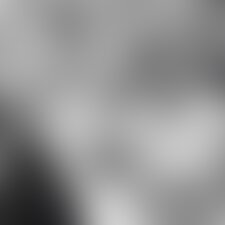
The complex connections between four creative Australians; Patrick White, Sidney Nolan, Robert Helpmann and Peter Sculthorpe.
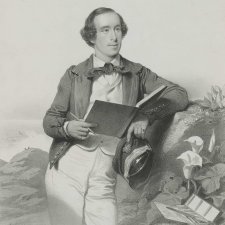
Dr Sarah Engledow explores the lives of Sir George Grey and his wife Eliza, the subjects of a pair of wax medallions in the National Portrait Gallery's collection.
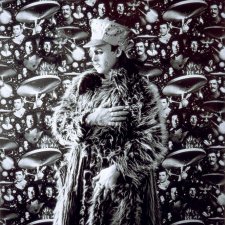
Dr Sarah Engledow writes about the larger-than-life Australian performance artist, Leigh Bowery.
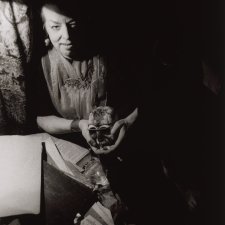
Rennie Ellis photographs the self-proclaimed 'Witch of Kings Cross'.
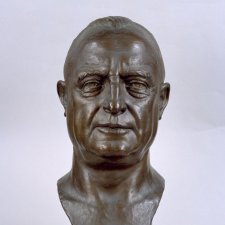
The life and achievements of Sir Edward Holden, who is represented in the portrait collection by a bust created by Leslie Bowles.
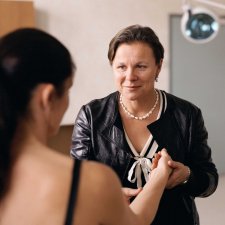
Dr Sarah Engledow describes the achievements of internationally renowned burns and trauma surgeon Professor Fiona Wood.
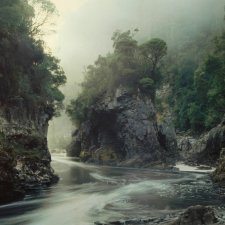
Olegas Truchanas and Peter Dombrovskis, photographers and conservationists, shared a love of photography and exploring wilderness areas of Tasmania.
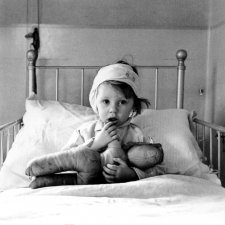
To accompany the exhibition Cecil Beaton: Portraits, held at the NPG in 2005, this article is drawn from Hugo Vickers's authorised biography, Cecil Beaton (1985).

Dr. Sarah Engledow discusses a collection of drawings and prints by the Victorian artist Rick Amor acquired in 2005.
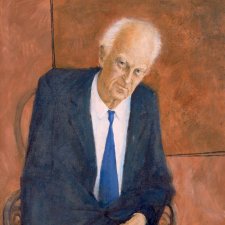
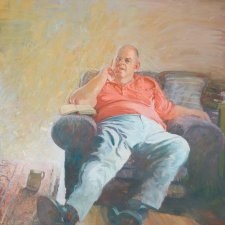
The Portrait Gallery's paintings of two poets, Les Murray and Peter Porter, demonstrate two very different artists' responses to the challenge of representing more than usually sensitive and imaginative men.
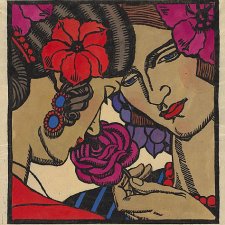
The World of Thea Proctor is the Portrait Gallery's second major biographical exhibition - that is, the second exhibition to focus exclusively on the life and work of a single individual

The world of Thea Proctor was the National Portrait Gallery's second exhibition to follow the life of a single person, following Rarely Everage: The lives of Barry Humphries.
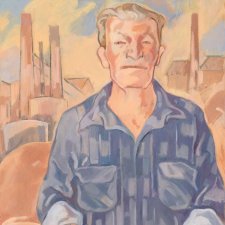
Dr Sarah Engledow delves into the life of union leader Pat Mackie who is depicted in a portrait by Nancy Borlase AM.
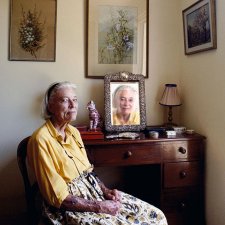
Dr Sarah Engledow explores the portrait of Ninette Dutton by Bette Mifsud.

Nancy Wake AC (b. 1912), one of the most decorated women of World War 2, earned the name the 'White Mouse' for her maddening ability to evade the Gestapo.
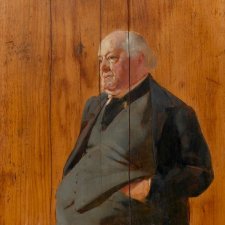
George Selth Coppin (1819-1906) comedian, impresario and entrepreneur, was a driving force of the early Australian theatre.
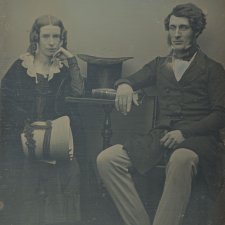
At just 7.8 x 6.2 cm, the daguerreotype of Thomas Sutcliffe Mort and his wife Theresa is one of the smallest works in the collection of the National Portrait Gallery.

This unique exhibition will give an insight into the private lives, pursuits and work of all the Nobel laureates associated with Australia

In focussing on the importance of gifts in the building of the collection, prominence must be given to the most spectacular of the National Portrait Gallery's acquisitions; the portrait of Captain James Cook RN by John Webber R.A.
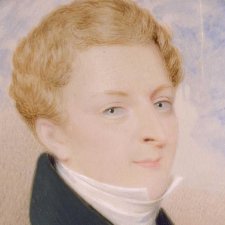
The acquisition of the ivory miniatures of Mortimer and Mrs Lewis.